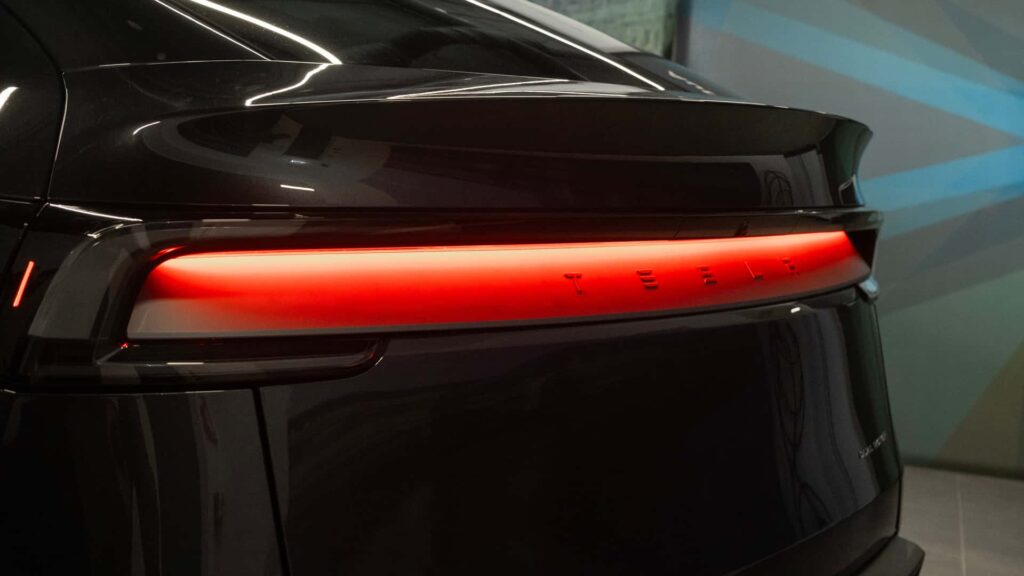In the first quarter of 2025, the electric vehicle (EV) industry in the United States saw a positive trend, despite potential challenges on the horizon such as tariffs and policy changes. According to a report by Cox Automotive, EV sales in the U.S. grew by 11.4% year-over-year, with nearly 300,000 new electric cars being sold during this period. This growth can be attributed to strong performances from automakers like General Motors, Ford, Honda, and BMW, as well as the introduction of several new electric models that were not available in the market at the beginning of 2024.
While overall EV sales showed growth, Tesla, the leading player in the EV market, experienced a decline in U.S. sales by 8.6% compared to the previous year. This drop in sales can be attributed to various factors, including global delivery challenges and a lack of significant updates to its vehicle lineup. Despite these challenges, Tesla has announced plans to launch a lower-cost model in the first half of the year.
On the other hand, other automakers like Chevrolet, BMW, Toyota, Cadillac, and Ford saw positive growth in their EV sales during the first quarter of 2025. Chevrolet witnessed a significant surge in EV sales, with a 114% increase year-over-year driven by models like the Blazer EV and Equinox EV. BMW’s EV sales grew by 26%, mainly due to the popularity of the i4 sedan and iX SUV. Toyota also saw a notable increase in sales of the bZ4X SUV, while Cadillac experienced a 37.4% growth in EV sales.
The market saw the introduction of several new electric models in the first quarter of 2025, attracting more EV buyers. Models like the Honda Prologue, Acura ZDX, Cadillac Escalade IQ, Cadillac Optiq, Chevrolet Equinox EV, Jeep Wagoneer S, electric Mercedes G-Wagen, and the Dodge Charger Daytona muscle car were among the new offerings that contributed to the growth in EV sales.
However, not all automakers experienced positive results in the EV market. Mercedes-Benz faced a 58% decline in EV sales, attributed to the lack of resonance with buyers for its EQ line of EVs. Similarly, Rivian reported a 36% decrease in deliveries, citing challenges in key markets like Los Angeles due to wildfires.
Looking ahead, industry analysts anticipate a gradual shift towards electric vehicles replacing combustion-engine vehicles globally. However, challenges such as new tariffs on imported cars, potential elimination of the $7,500 EV tax credit, and other external factors could impact the growth of the EV market in the U.S. for the rest of 2025. Despite the positive growth in EV sales in the first quarter, uncertainties loom over the industry’s future, making it a volatile period for EV sales.
In conclusion, the first quarter of 2025 showcased a mix of positive growth and challenges in the U.S. EV market. As the industry navigates through potential hurdles, the transition towards electric vehicles continues to evolve, with various automakers striving to meet the growing demand for sustainable transportation options.

